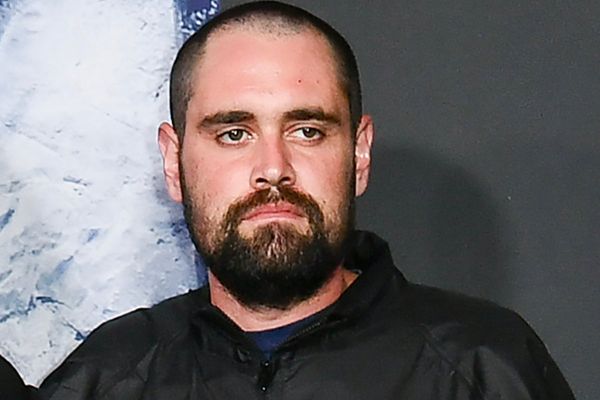
Single bone samples returning mixed DNA results has a Queensland scientist concerned about contamination in the forensics lab at the heart of an ongoing inquiry.
The probe, led by former judge Walter Sofronoff, is examining the state-run lab's 2018 decision not to test samples with tiny amounts of DNA as thoroughly as possible.
Evidence from scientist Angelina Keller at a hearing on Tuesday pointed to a potential contamination issue at the lab's bone unit.
Prior to November 2020, Ms Keller said it was rare for bone and teeth samples to show mixed DNA, and it was usually possible to find a single source profile with further work.
She estimated having worked on around 100 bone samples between 2006 and 2020, and noticed a problem from November 2020 onwards, as an increasing number of samples returned a mixture.
With the aid of a spreadsheet shown to the inquiry and information from Ms Keller, Mr Sofronoff calculated that 50 per cent of a total of 30 samples showed a mixture when it should have been a single source.
"I haven't actually done the statistics but it was already concerning me greatly as each case has come along," Ms Keller said.
Three changes occurred between June 2019 and February 2021 at the lab which Ms Keller said could be contributing to the issue.
"In science when you change more than one thing around the same time it gets very difficult to pinpoint what the actual issue is," she said.
One of them was a change in the cleaning agents for the equipment used to prepare bone samples for analysis, such as chisels.
Tergazyme was previously used, before a shift to bleach and/or TriGene followed by a 70 per cent ethanol mixture, the inquiry was told.
Ms Keller said she was not aware of any validation or verification process when the change occurred.
"When it's such an important process, we don't do it that often, but it's a really important thing that we do, we should do it properly," she said.
This year, she noticed the chisels were rusting.
"I did discuss this with other staff members and we started to ... agree that it could be a potential source of contamination," she said.
The person in charge of bone testing who implemented the change was Allan McNevin, the inquiry was told.
Ms Keller's evidence continues.







